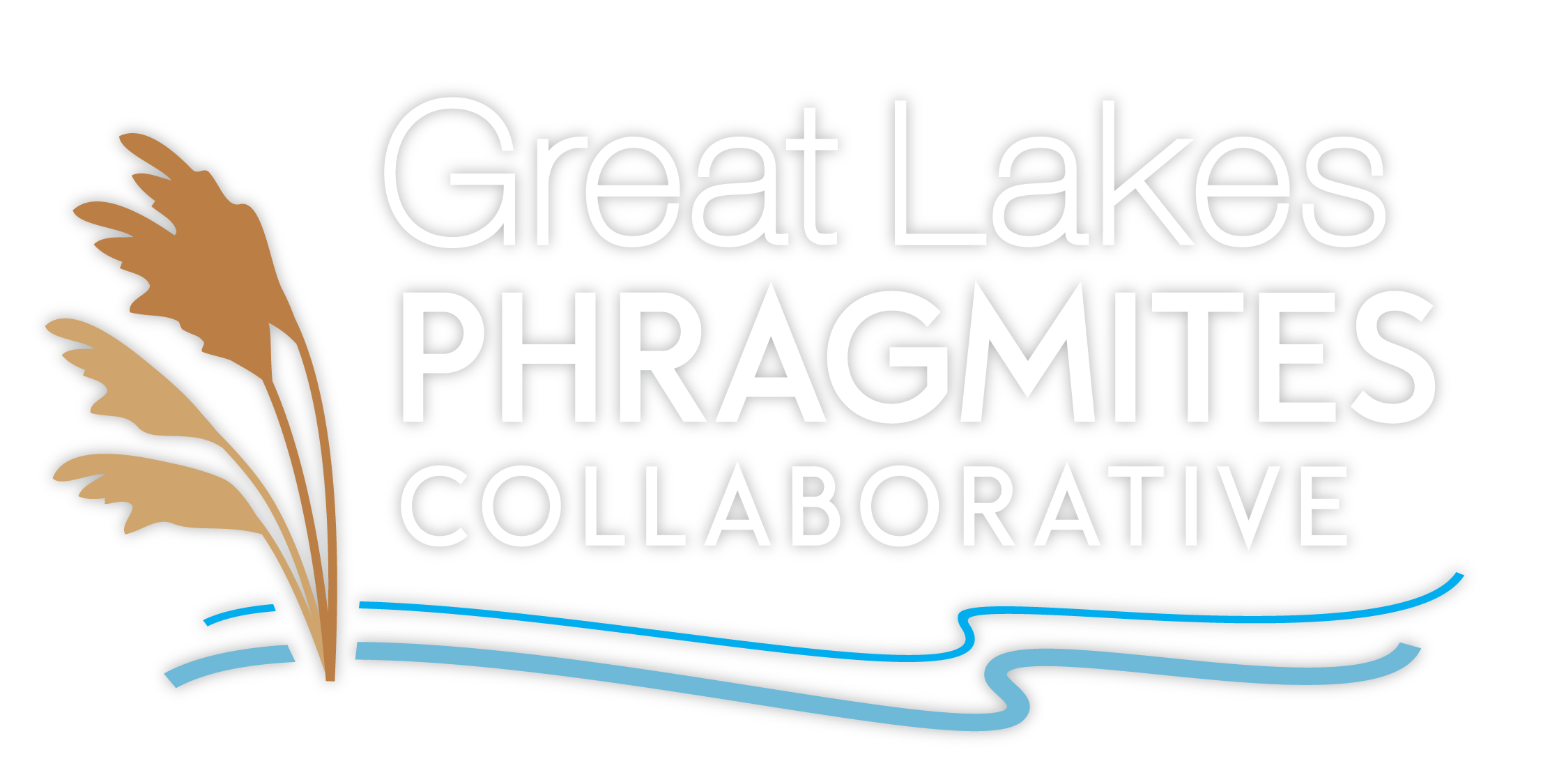Phragmites-related Ordinances
Municipal ordinances can be a great tool for achieving action on Phragmites management and preventing its spread. We surveyed Phragnet listserv members in spring 2017 and the responses are summarized below.
Note that while there are a few state regulations listed here, we will soon move these to separate page focusing on federal and state regulations.
To make corrections, add an ordinance, or add further details on an ordinance please email us.
Wisconsin
State of Wisconsin
Admin Code Chapter NR 40 – “makes it illegal to possess, transport, transfer, or introduce certain invasive species in Wisconsin without a permit. Everyone is responsible to comply with these regulations.”
Bayfield County
Bayfield County
- No. 2009-07 Chapter 2: Aquatic Invasive Species – prohibits transport of invasive species
- No 2007-10 Sec 2-3-18: Establishing a Bayfield County Aquatic Invasive Species (AIS) Committee
City of Washburn
Title 8: Health and Sanitation: Chapter 1: Ordinance 8-1-5: Destruction of Noxious Weeds – specifies noxious weeds that property owners are required to eliminate; Phragmites is not currently included in the listed noxious weeds
Door County
Town of Jacksonport
Ordinance No. 02-2014 – An Ordinance Regulating Noxious Weeds and Invasive Species
Town of Sturgeon Bay
Ordinance No. 10.19: Noxious Weeds Prohibited
City of Sturgeon Bay
Ordinance No. 01-2016: An Ordinance Regulating Noxious Weeds and Invasive Species
Town of Sevastopol
Town of Liberty Grove
Ordinance No. 7-16: An Ordinance Regulating Noxious Weeds and Invasive Species
Douglas County
City of Superior
The specific ordinance has not been located – if you have it please let us know.
Michigan
State of Michigan
Branch County
Coldwater Township
Section 9: Definition of acceptable landscape plants (not yet tested)
Charlevoix County
Leelanau County
Township of Leelanau
Ordinance No. 2: Phragmites Ordinance – procedures to identify Twp properties infested with Phragmites; to prescribe eradication and treatment procedures; to repeal any ordinances in conflict with this ordinance
Bingham Township
Ordinance No. 01-031615: Bingham Township Terrestrial Invasive Species Ordinance – allows for all property within the twp to be included in a terrestrial invasive species eradication zone and can receive effective treatment
Macomb County
Chesterfield Township
Washington Township
Ordinance No. 41: 101.00 Noxious Weeds
Harrison Township
Ordinance No. 1988, 35.101-106; 35.107: Article IV – Vegetation
Shelby Township
Midland and Bay Counties
City of Midland
New York
New York State
NYCRR Part 575: Prohibited and Regulated Invasive Species – Phragmites is a prohibited species; see this page for more information
Staten island
Community Wildfire Protection Plan – requires removing Phragmites in cities of more than one million people
Ontario
Province of Ontario
Invasive Species Act
Phragmites is listed as a Restricted plant under this Act. More information.
Municipal Act
- Phragmites has not been listed as a noxious weed through by-law by any single or upper tier municipalities, so an ordinance to “destroy noxious weeds” is not possible.
- However, several municipalities have a “tall grass and weeds” by-law under the Municipal Act regarding property standards.
